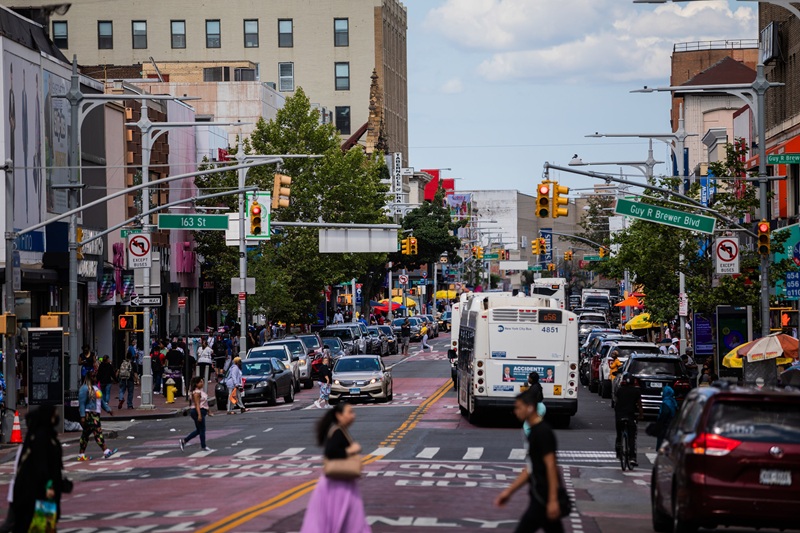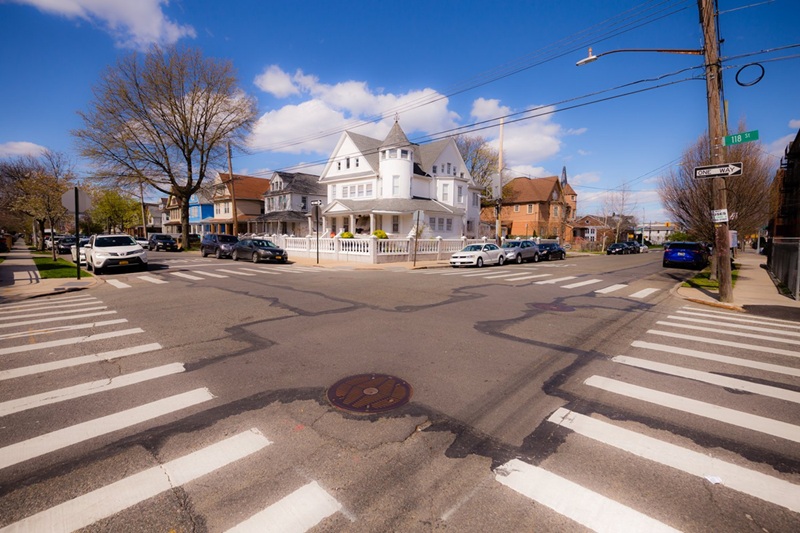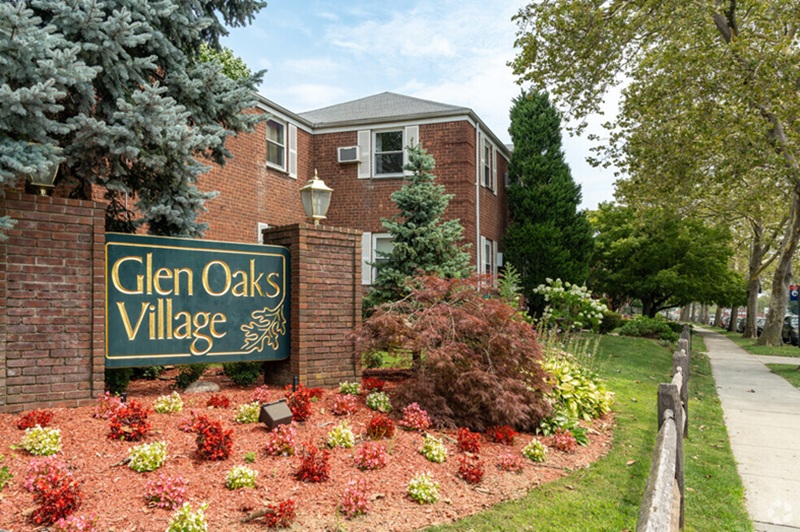
South Jamaica, located in the southern part of Queens, New York City, is a neighborhood rich in history, culture, and diversity. Over the years, South Jamaica has undergone significant changes, balancing its deep-rooted community ties with ongoing development. Its proximity to major transportation hubs and the wealth of amenities available make it an increasingly popular area for families, young professionals, and investors alike. Here’s a closer look at South Jamaica’s character, history, challenges, and potential.
Overview of South Jamaica
South Jamaica is often associated with its broader surroundings, namely the neighborhoods of Jamaica and Hollis. Geographically, it is bounded by major thoroughfares, including the Van Wyck Expressway and the Long Island Rail Road tracks, giving it easy access to transportation links that connect the area to Manhattan, Brooklyn, and other parts of Queens.
The neighborhood, once a predominantly industrial and working-class area, is now a mixed-use community. It features both residential and commercial areas, alongside a number of recreational spots and cultural landmarks. South Jamaica has seen growth and development in recent years, particularly with the influx of younger residents looking for more affordable living options compared to more expensive areas in New York City.
Historical Background and Development
South Jamaica’s history is rooted in the expansion of Queens during the 20th century. In the early 1900s, much of the area was made up of farmland and small residential communities. The development of the Long Island Rail Road and other transportation infrastructure in the 1920s brought increased access to the area, leading to greater residential growth.
In the post-World War II era, South Jamaica became home to working-class families, especially those of African American and Caribbean descent. During the 1960s and 1970s, the area faced significant economic hardship, partly due to deindustrialization and the flight of businesses and middle-class families to the suburbs. These challenges led to periods of economic struggle and higher crime rates.
However, South Jamaica’s resilience shone through, and the community began to rebuild in the 1980s and 1990s. Throughout these decades, local organizations and community leaders played a pivotal role in reviving the neighborhood through community development programs, educational initiatives, and advocacy.
Cultural and Community Landscape
One of the defining features of South Jamaica is its cultural diversity. While the neighborhood is historically home to a large African American population, it also boasts a vibrant Caribbean presence, with many Jamaican, Trinidadian, and Haitian immigrants calling the area home. This cultural diversity is reflected in the food, music, and local businesses that make South Jamaica a unique place to live.
The influence of hip-hop culture is particularly strong in South Jamaica, with the neighborhood being home to several well-known figures in the music industry, including the legendary rapper and entrepreneur, Run-D.M.C. Their impact on global music culture has made South Jamaica a significant part of hip-hop history.
Churches, cultural centers, and community organizations are vital to the social fabric of South Jamaica, with many offering youth programs, social services, and advocacy for local residents. These institutions help promote unity and pride within the community, fostering a sense of belonging and support.
Real Estate and Housing Trends
In terms of real estate, South Jamaica has seen a transformation in recent years, with new housing developments, renovations of older buildings, and rising property values. While it remains more affordable compared to neighborhoods in central Queens, the area’s real estate market is steadily gaining attention from buyers and developers. Single-family homes, multifamily properties, and affordable housing units are common in the area.
Despite ongoing development, South Jamaica is still regarded as one of the more affordable neighborhoods in Queens, attracting working-class families, young professionals, and first-time homebuyers. The neighborhood also offers relatively larger homes and yard space compared to the more densely populated parts of the city, adding to its appeal for families.
Transportation and Accessibility
South Jamaica’s transportation infrastructure is one of its key advantages. The neighborhood is conveniently located near major highways, including the Van Wyck Expressway, which provides direct access to both the Queens Midtown Tunnel and JFK Airport. For those who rely on public transit, South Jamaica is well-served by the A, E, J, and Z subway lines, as well as the Long Island Rail Road. The latter offers a quick commute into Manhattan, making the neighborhood attractive to those who work in the city but prefer a more suburban lifestyle.
JFK Airport, one of the busiest international airports in the world, is also just a short drive away, making South Jamaica an ideal location for those working in the aviation or travel industries.
Parks and Recreation
South Jamaica is home to several parks that offer residents spaces for outdoor activities, relaxation, and community events. The neighborhood is located near Roy Wilkins Park, a large public park that hosts a variety of recreational activities, including sports fields, playgrounds, and an amphitheater for concerts and performances.
Additionally, Baisley Pond Park offers beautiful green spaces, walking trails, and a serene pond, providing an escape from the hustle and bustle of urban life. For those who enjoy a more active lifestyle, there are ample opportunities for jogging, biking, and sports, while the neighborhood’s proximity to the Jamaica Bay Wildlife Refuge also provides outdoor enthusiasts with bird-watching and hiking opportunities.
Challenges and Future Prospects
South Jamaica faces a number of challenges, including concerns about crime, poverty, and gentrification. While crime rates have decreased in recent years, the neighborhood is still working to overcome its past struggles. Additionally, as new developments emerge, there are worries that the influx of higher-income residents could price out long-time families and community members.
However, South Jamaica also holds promise for future growth and revitalization. Continued investment in infrastructure, community programs, and local businesses can help transform the neighborhood into a more vibrant and prosperous community. Additionally, South Jamaica’s proximity to transportation hubs, parks, and cultural centers will continue to make it an appealing location for residents and investors alike.
Conclusion
South Jamaica, Queens, is a neighborhood in transition—one that is rich in history, culture, and community spirit. While it has faced significant challenges in the past, South Jamaica has shown incredible resilience. Today, it stands as an evolving and dynamic part of Queens, where long-time residents and newcomers coexist, building a neighborhood that honors its roots while embracing the opportunities of the future. Whether you’re looking for affordable housing, cultural vibrancy, or proximity to Manhattan and other boroughs, South Jamaica offers a unique blend of all that New York City has to offer.

